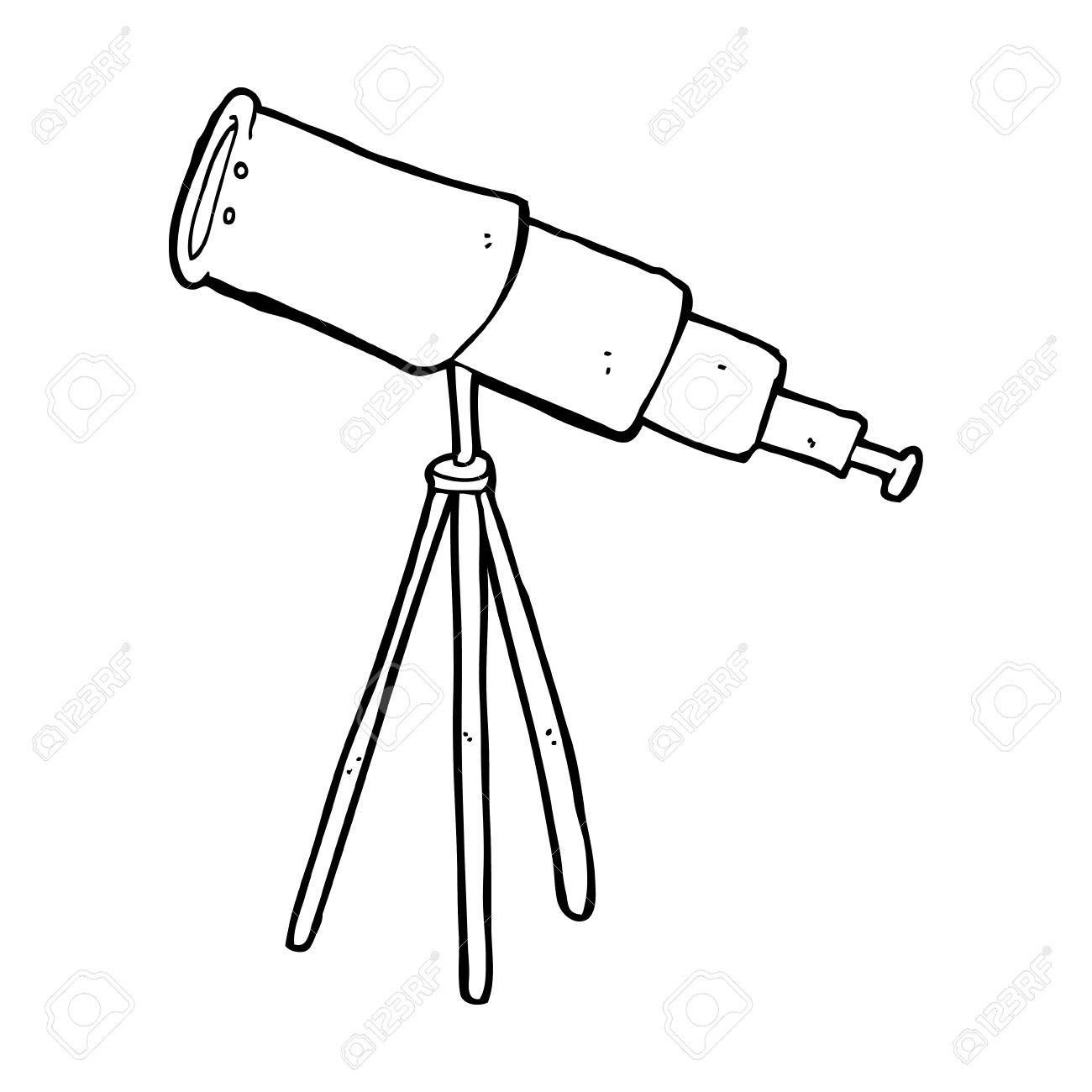
In this configuration, the primary mirror is concave, the secondary is convex, and it works slightly off-axis. Webb is what is known as a three mirror anastigmat telescope. Sunshields shade the mirrors and instruments from the Sun's heat, as well as keep them separated from the warm spacecraft bus. To keep Webb cold, it was sent into deep space, far from the Earth. The mirror as a whole must be able to withstand very cold temperatures as well as hold its shape. With its mirrors at around -220 degrees C (-364 degree F). Thus, Webb needs to be very cold ("cryogenic"), Would be lost in the infrared glow of the mirror.

Because warm objects give off infrared light, or heat, if Webb's mirror was the same temperatureĪs the Hubble Space Telescope's, the faint infrared light from distant galaxies To see the first stars and galaxies in the early Universe, astronomers have to observe the infrared light given off by them, and use a telescope and instruments optimized for One further challenge is to keep Webb's mirror cold. Engineering Challenge: Keeping Webb's Mirrors Cold Watch the actuators being attached to the back of a telescope mirror in this "Behind the Webb" video.
BIG TELESCOPE DRAWING HOW TO
What's even more amazing is that the engineers and scientists working on the Webb telescope literally had to invent how to do this." Lee Feinberg, Webb Optical Telescope Element Manager at NASA Goddard explains, "Aligning the primary mirror segments as though they are a single large mirror means each mirror is aligned to 1/10,000th the thickness of a human hair. The telescope's tertiary mirror remains stationary. The primary mirror segments also have an additional actuator at its center that adjusts its curvature. The primary mirror segments and secondary mirror are moved by six actuators that are attached to the back of each mirror piece. Actuators, or tiny mechanical motors, provide the answer to achieving a single perfect focus. Once in space, getting these mirrors to focus correctly on faraway galaxies is another challenge. The photos show the flight version of every mirror on the telescope! achieving a single perfect focus- Actuators A, B, or C denotes which of the three mirror prescriptions a segment is. A square mirror would send a lot of the light out of the central region.Įach of Webb's mirrors has an individual designation. A oval mirror, for example, would give images that are elongated in one direction. Finally, a roughly circular overall mirror shape is desired because that focuses the light into the most compact region on the detectors. Symmetry is good because there need only be 3 different optical prescriptions for 18 segments, 6 of each (see above right diagram). If the segments were circular, there would be gaps between them. The hexagonal shape allows for a roughly circular, segmented mirror with "high filling factor and six-fold symmetry." High filling factor means the segments fit together without gaps. (Webb's secondary mirror is 0.74 meters in diameter.) Why hexagonal? Each of the 18 hexagonal-shaped mirror segments is 1.32 meters (4.3 feet) in diameter, flat to flat. The mirror would then unfold after launch. The Webb Telescope team also decided to build the mirror in segments on a structure which folds up, like the leaves of a drop-leaf table, so that it can fit into a rocket. Watch a video on how the telescope deployed after launch More information on Webb's launch configuration.


When Webb launched, both wings were stowed in this position, which enabled the mirror to fit into the launch vehicle. Each wing holds three of its primary mirror segments. The James Webb Space Telescope is shown with one of its two "wings" folded.


 0 kommentar(er)
0 kommentar(er)
